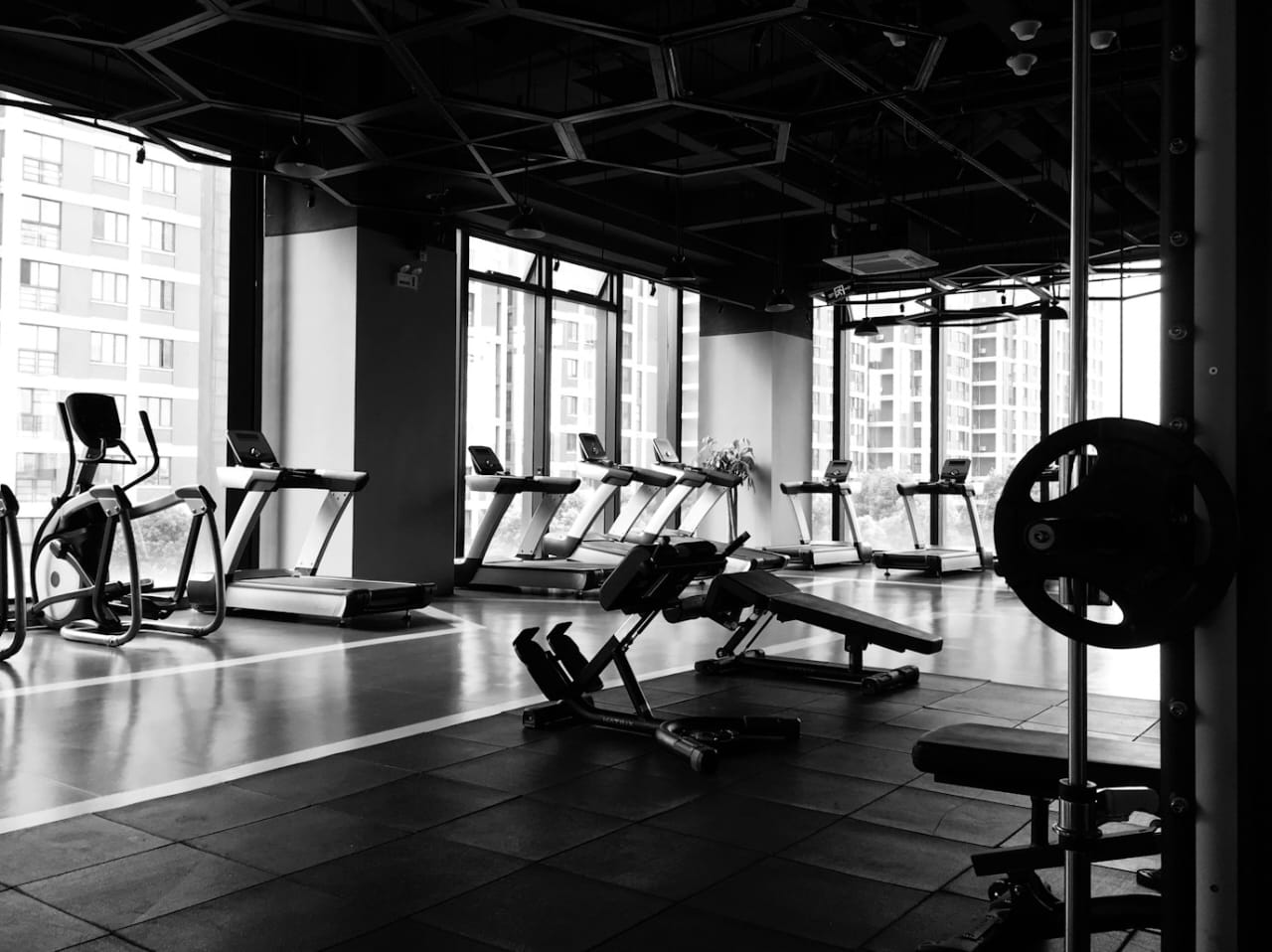Nutrition: The Cornerstone of Health

Nutrition plays a vital role in overall wellness. A balanced diet provides the body with essential nutrients that fuel energy, repair tissues, and maintain bodily functions. Incorporating a variety of foods from all the major food groups—fruits, vegetables, grains, protein, and dairy—ensures a well-rounded intake of vitamins and minerals. Protein builds muscle, carbohydrates fuel workouts, and healthy fats support hormonal function. Hydration is equally important, aiding digestion and nutrient absorption. Avoiding processed foods, sugar-loaded snacks, and excessive saturated fats can drastically improve one’s well-being. Supplementation may be helpful but should not replace whole foods. Planning meals in advance and reading nutrition labels can help maintain a disciplined eating routine. Ultimately, mindful eating habits empower individuals to make healthier choices for a sustainable lifestyle.
Effective Workout Strategies for Everyone

Whether you are looking to shed pounds or build muscle, a tailored workout strategy is key. Strength training forms the foundation of any serious fitness goal. Incorporating core exercises like squats, lunges, pushups, and pull-ups ensures total-body development. Beginners can start with bodyweight workouts or light dumbbells, progressing gradually to avoid injury. Intermediate and advanced athletes can benefit from structured split routines, targeting muscle groups across multiple days. Adding resistance, increasing reps and sets, or reducing rest time are great ways to push limits. Don't overlook flexibility and mobility work, which aid in injury prevention and recovery. A successful routine also includes sufficient rest, hydration, and consistency. No matter your level, staying committed and tracking progress can lead to lasting transformation.
Workout Routines for Men: The Ultimate Guide

This comprehensive guide provides structured workout plans for men at different fitness levels—beginner, intermediate, and advanced. At-home routines use minimal equipment like dumbbells and a bench, while gym routines allow more intensity and variety. Beginners are advised to stick to full-body workouts three times per week with a focus on form and recovery. Intermediate routines increase volume and include four-day splits targeting upper and lower body. Advanced routines follow a six-day push-pull-legs cycle for maximum hypertrophy. Each workout emphasizes compound movements—bench presses, squats, deadlifts—combined with accessory lifts. Weekly progression in weight or reps is key for consistent growth. Nutrition and recovery play essential supporting roles, with adequate protein intake, calorie management, and sleep being non-negotiable. FAQs address common concerns like soreness, equipment alternatives, and how to know when to progress. Whether at home or in the gym, these routines help men of all ages and stages optimize performance and achieve lasting results.